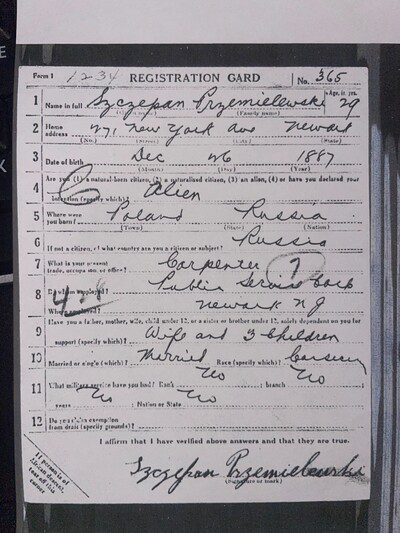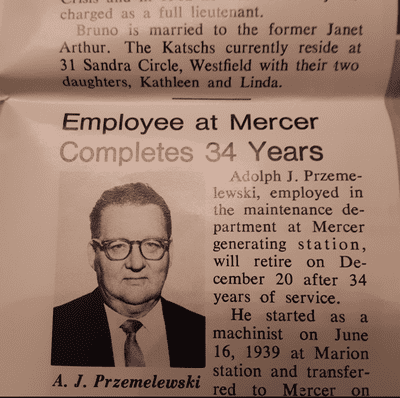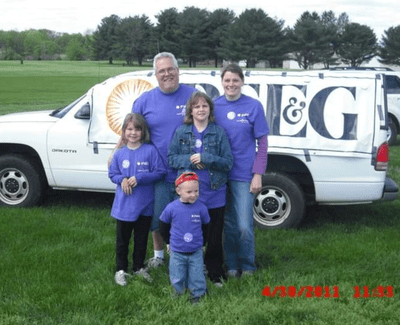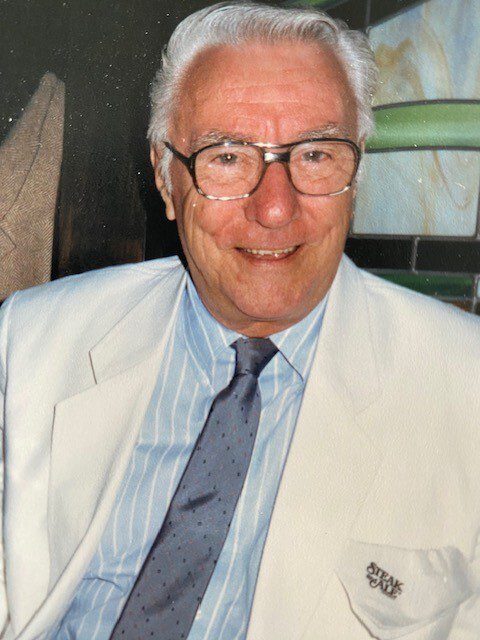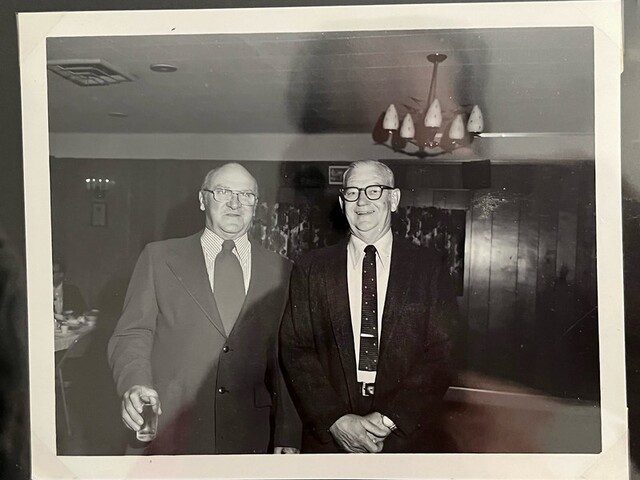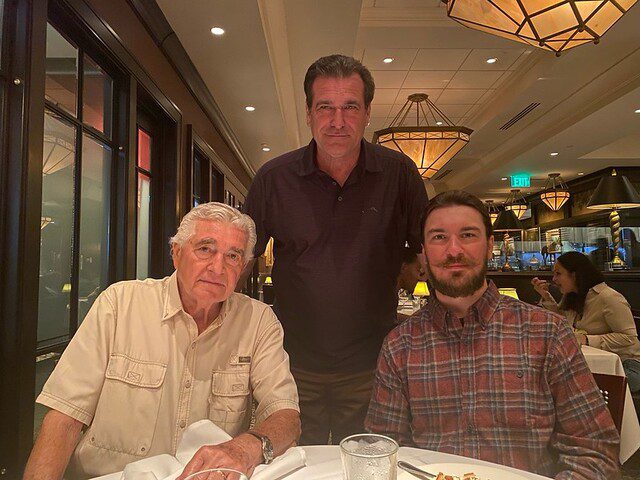How the 'Great Resignation' and Disengagement Are Affecting the Power Industry
The “Great Resignation” is a term used to describe a widespread trend that took shape over the past few years of employees voluntarily changing jobs in large numbers. The phenomenon gained traction during the COVID-19 pandemic, with more than 47 million Americans quitting their jobs in 2021 alone, according to the U.S. Bureau of Labor Statistics (BLS).
The Great Resignation has hit electric utilities harder than most other industries. According to the latest BLS data, the job openings rate for the “transportation, warehousing, and utilities” sector was 7.6% in May. The only sector with a higher percentage of job openings was “accommodation and food services” at 7.7%, while the average job openings rate for all 19 non-farm sectors the BLS tracks was 5.9%. For additional perspective, the job openings rate for transportation, warehousing, and utilities was only 4.4% in December 2019 when COVID first surfaced in a Chinese seafood and poultry market, and as recently as November 2017 the percentage was under 3%, although the numbers do fluctuate quite a bit from month to month.
Quiet Quitting
Some experts believe the job-switching trend is coming to an end. A headline in The New York Times in early July stated: “The ‘Great Resignation’ Is Over.” While that’s more of a judgement call than a proven fact, the rate of voluntary quits per 100 workers has come down. It was reportedly 2.6 in May, which is closer to the pre-pandemic norm of about 2.3 than it is to the high of 3.0 hit in November 2021 and again in April 2022. Still, studies show that there are plenty of ongoing workforce engagement problems for employers to worry about. Furthermore, additional data suggests these problems are widespread, not only in America, but also around the world.
Gallop’s State of the Global Workplace: 2023 Report says, “The majority of the world’s employees are quiet quitting.” Quiet quitting is when someone psychologically disengages from work. Employees may be physically present or logged into their computer, but they don’t know what to do or why it matters. They also don’t have any supportive bonds with their coworkers, boss, or their organization. Nearly 60% of employees around the world fall into this category, according to Gallop’s report.
Beyond the quiet-quitting group is the “actively disengaged” faction. Actively disengaged employees report miserable work experiences and are generally poorly managed. According to Gallop’s survey, 18% of the world’s employees are actively disengaged. When you combine the actively disengaged workers with the quiet quitters, you end up with a lot of under-performing employees. Gallop estimates low engagement costs the global economy about $8.8 trillion dollars annually.
What is perhaps somewhat surprising is where the U.S. ranks in worker engagement. It’s actually quite high compared to other countries, with 34% of employees engaged. Compare that to Italy and Japan, where only 5% of workers reported being engaged, and the U.S. workforce looks stellar. In fact, I only found Mali (47%), Senegal (41%), Mongolia (38%), and Romania (35%) to have higher percentages of engaged workers than the U.S. Nonetheless, having only slightly more than one out of every three workers feeling engaged doesn’t seem like something we should be bragging about.
Some Power Employees Buck the Trend
The power industry has a strong history of providing well-paying and stable employment. The Great Resignation has done nothing to change that. In fact, average labor compensation per hour worked for personnel in BLS’s “Utilities: power generation and supply” category was $78.48/hr in 2022, an increase of about 7.75% from 2019. The figure may sound high when measured against reported hourly wages, but it includes not only wages and salaries before taxes and other deductions, but also employer cost of benefits, employer 401K contributions, bonuses, and other legally allowed and/or required perks provided to employees by power companies. The figure is notable, as it is nearly double the average employer costs for employee compensation for all private industry workers, which the BLS says was $40.23/hr in December 2022.
Not surprisingly, there are many power sector employees who are quite happy with their jobs and intend to spend their entire careers with one company. In fact, there are generations of families who have done just that. Newark, New Jersey–headquartered Public Service Enterprise Group (PSEG), which has been providing electrical service for more than 120 years to parts of New Jersey, and Long Island, New York, reports that 15 families have members who have worked for PSEG going back three to five generations.
One example is the Przemelewski’s, a fifth-generation family. Marissa Przemelewski, a customer service representative, began working for PSEG last year. Her father, Lenard Przemelewski Jr., is a chief relay technician who has worked at the company for 23 years. Marissa’s grandfather, Lenard Przemelewski Sr., worked at PSEG for 42 years, retiring in 2010 as a service consultant in Marketing. Adolph Przemelewski, Marissa’s great-grandfather, retired in 1973, after spending 34 years at PSEG as a maintenance machinist. Marissa’s great-great-grandfather, Szczepan (Stephan) Przemielewski, kicked it all off. Although the specific dates of his PSEG employment are unknown, what is known is that Stephan emigrated from Poland in 1906, and his 1917 military draft card listed him as working in PSEG’s Maintenance department. In any case, it’s safe to say a Przemelewski family member has been on PSEG’s payroll for more than 100 years in total.
However, jobs with PSEG haven’t always been easy to come by for the Przemelewski family. Marissa said it took months of applying for different jobs with the company before she ultimately got hired as a meter reader. “I finally got a call back for that job and I was super excited,” she told POWER. “I would say it was a little difficult to get my foot in the door, but I’m glad I finally did!”
Marissa wanted to work for PSEG because she had seen how well the company treated her family over the years and she knew the atmosphere within the company was great. Now, working as a customer service representative, she says helping customers is the best part of her job. “Working in the call center that is basically our main focus,” Marissa said.
“My family’s history within the company means a lot to me and I do feel a lot of pride and joy in being the fifth generation of my family, and eventually, hopefully, I will get my kids in the company as the sixth generation someday!” she said. “I would absolutely recommend any job in this company to anyone. It’s a great company to work for—so many different opportunities—great people, just an all-around awesome company!”
Meet the Smiths and KellersThe Smith family of Hamilton, New Jersey, includes four generations with a combined 120 years of service working for Public Service Electric & Gas Co. (PSE&G). First was Jack C. Smith as a fitter service technician from 1924 to 1957. Then his son, John A. Smith (John, Jack, or Smitty), worked as a mechanic and electric substation supervisor from 1948 to 1990. Then came John’s son, John A. Smith Jr., who worked for PSE&G in 1971 and from 1979 to 2018, retiring as a principal engineer for natural gas operations. John’s daughter, Brielle L. Hamilton, started in 2017 and is currently a senior billing supervisor.
< ► > Brielle and John A. Smith Jr. at a PSE&G March of Dimes walk
Brielle told POWER: “I went to college for Biology with aspirations of becoming a physician. After working in the medical field for about four years after graduating college, I came to the realization that the medical field is not where I wanted to be. I decided to apply to PSEG and the rest is history.” Brielle said the driving factors behind her desire to work for PSEG were her family’s history and the reputation of the company. “I have had many family members employed by the company and was always told about how wonderful of a place it was to work. I wanted to be a part of an organization that cared about its employees and the impact they have on the environment and their community,” she said. “To me, my family’s history with the company means so much! I have watched my family work for PSEG for many years and always take pride in their careers and in working for the company. Today, I get to say I experience the same sense of pride. I am always proud to say that I work for PSEG. To me, working at PSEG is more than just a place of work, it is a place that is a part of my family’s history and that means something to me,” said Brielle. “I would recommend a job with the company to others. I think PSEG is a great place to have a career,” said Brielle. “There is always room for growth and development here at PSEG. No goal is unattainable. The company provides support to its employees, the people are great, and the culture is unlike any other. Overall, it is a place where people want to spend their career.” The Keller family also includes four generations of PSE&G employees. At the end of the Great Depression, Clarence G. Keller Sr. started at PSE&G working in electric underground distribution and then as an equipment operator from 1939 to 1974. His son, Clarence Keller Jr., was a natural gas distribution operations manager from 1964 to 2001. Clarence Keller Jr.’s son, Joseph Keller, began his career at PSE&G in 1990 and is currently a senior electric engineering technician. His son, Jonathan Keller, is an apprentice-engineering technician who joined the company in 2022.
< ► > Clarence Keller Jr., Joe Keller, and Jonathan Keller (left to right)
“I knew I wanted to work in the engineering department,” Joe told POWER. “I just needed to wait for the opportunity.” Job security was a motivator for Joe. “I previously worked for a large local company that relied heavily on government contracts and there was always a potential of layoffs,” he said. “This job helped me develop the skills I needed to succeed and the work ethic to be successful,” said Joe. “I enjoy being part of a team that provides critical services to the community.” |
—Aaron Larson is POWER’s executive editor.
